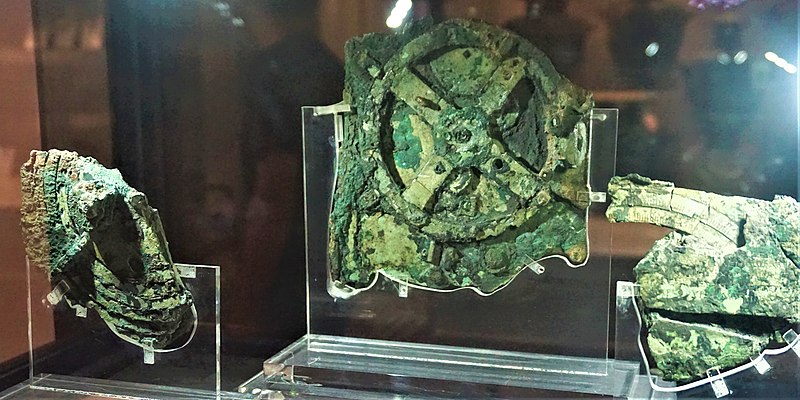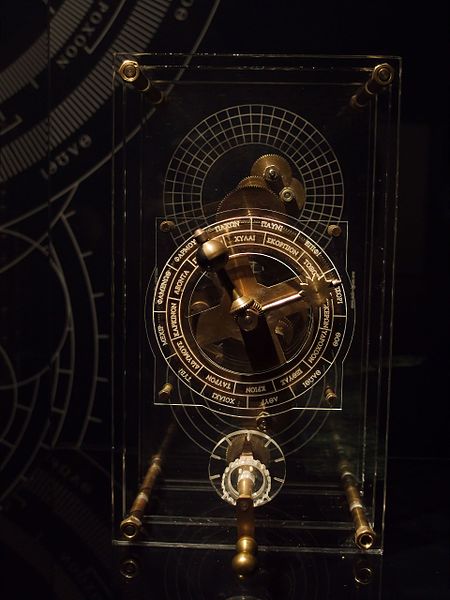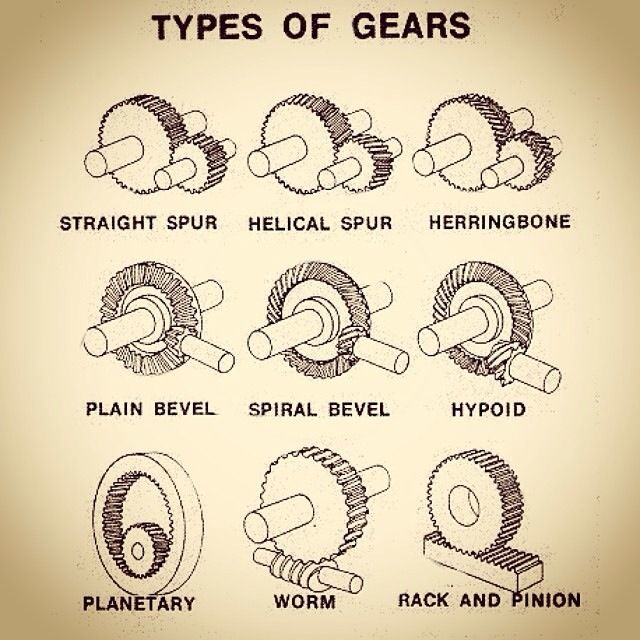A dazzling display of colorful fireworks can always delight a crowd and put everyone in attendance in good spirits. The shrieking boom of a cannon delivers the opposite reaction. That is the paradox of gunpowder, the invention that is responsible for both of these powerful and spectacular activities.
Discovery and Spread

Gunpowder was discovered in China around the year 900 during the Tang Dynasty. As with so many civilizations of the time, alchemy was a thriving occupation. The Chinese alchemists were working on an elixir of life when they stumbled upon the formula for an elixir of death. They called their formula fire medicine and soon found a variety of uses for the explosive material such as in fireworks and in military weaponry.
A powerful military technology could not stay isolated for long, but it did take the knowledge of gunpowder around 350 years to spread to the Middle East. Soon after arriving in the Middle East it quickly made its way into Europe by 1300, now nearly 400 years after its invention. William of Rubruck is likely responsible for bringing gunpowder back to Europe after his encounters with the Mongols, although there is little direct evidence for this. The earliest European reference to gunpowder is found in Roger Bacon’s great work Opus Majus (Opus Majus literally means Great Work in Latin) in 1267.
Its impact in warfare was substantial and almost immediately felt on the battlefield through infantry weapons, having a devastating effect on the knightly class. Although this was a setback for the nobility they still had their walled castles. Even those castles would soon succumb to the power of gunpowder.
Impact on Warfare
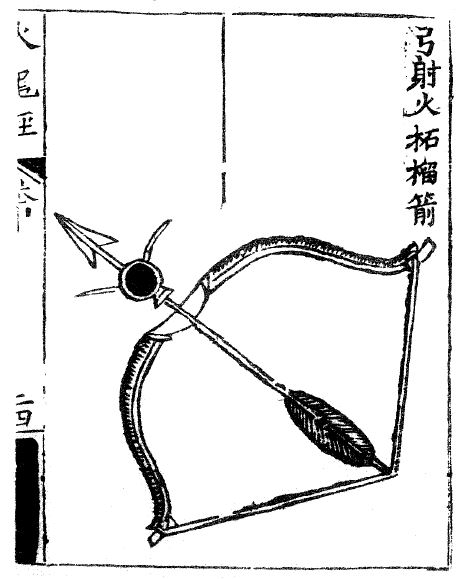
(Credit: Wikimedia Commons)
Fire arrows were the initial military weapon for gunpowder. A small pouch of gunpowder was attached the arrow resulting in open fires upon impact. Other incendiary devices such as bombs and fire lances were soon widely deployed. Many proto-gun and proto-cannon designs were experimented with in the 12th and 13th century. During the later part of the 13th century, the Mongols were using a hand cannon, something we can definitively call a firearm. It took until the 1320s for guns to catch on in Europe as a form of weaponry but they soon rapidly spread across the continent. Within twenty years larger artillery weapons were arriving on the battlefield. The strategies of warfare were on the verge of being revised.
Artillery weapons powered by gunpowder, initially unreliable but once perfected, made once impenetrable walled castles vulnerable. Sieging a castle in the Middle Ages was a long and arduous process. Techniques involved tunneling under walls, ramming down walls, starving out the inhabitants, all of which could take weeks or even months. However with the invention of cannons firing their devastating projectiles from a safe distance, a castle could be taken within a single day.
No other example illustrates the power of cannons than the fall of the city of Constantinople to the Ottoman Turks in 1453. Certainly the city’s downfall was the result of many factors – a weakened Byzantine state and Western Europe’s reluctance to provide assistance to name a few. But one undeniable factor was the effective Ottoman use of cannons.
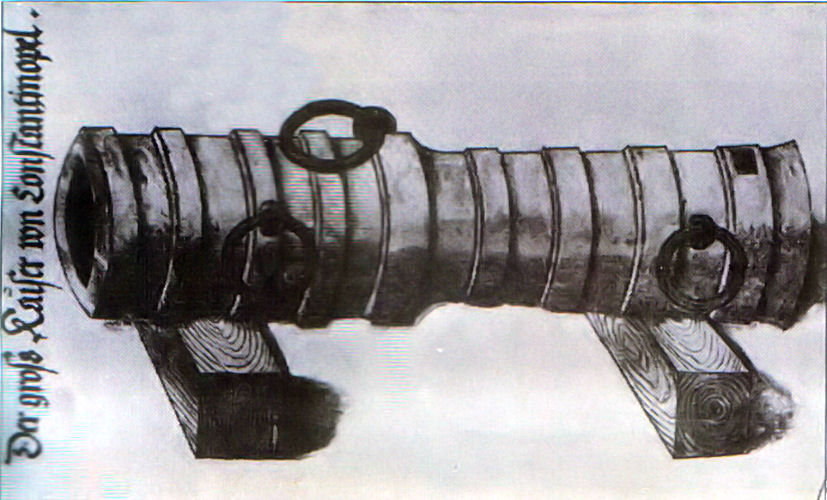
(Credit: Wikimedia Commons)
The walls of Constantinople were considered to be impenetrable. Five meters thick and 20 meters high, they stretched over four miles long from the Golden Horn to the Sea of Marmara. Much of it was double walled with some area’s having up to five walls deep. These walls had held off dozens of sieges for over 1,000 years. The Ottomans employed around 60 cannons which battered and weakened the walls for the duration of the siege. The final assault by the Ottoman’s was focused on the section of the wall most damaged by cannon fire and was eventually breached by the invading Turks.
The Chemistry of Gunpowder
Gunpowder consists of a mixture of saltpeter (potassium nitrate), charcoal, and sulfur. Early on this proportion was experimented with until a 75% saltpeter, 15% charcoal, 5% sulfur solution was determined to be most effective. The sulfur and charcoal act as the fuel, with saltpeter acting as an additional oxidizer creating a stable chemical reaction with the rapidly expanding gases resulting in the propelling motion. This was the only known chemical explosive until the middle of the 19th century. Since that time gunpowder has been replaced by other means in military weaponry but it is still used in fireworks today.
Continue reading more about the exciting history of science!
